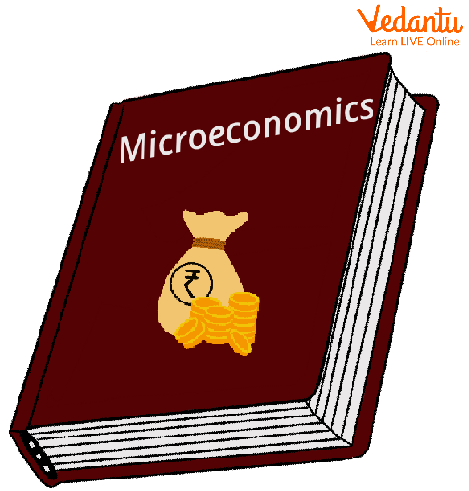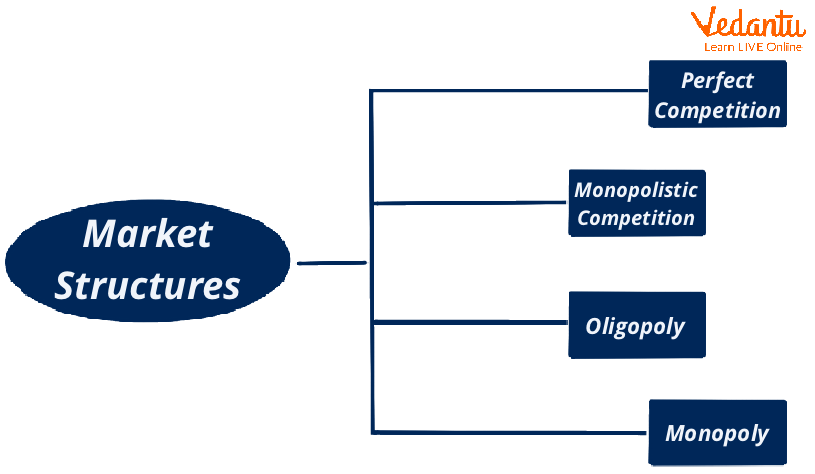




What is Microeconomics?
The term Micro has its origin in the Greek word called mikros which means small. Microeconomics studies the economic activities of an economic unit, like the demand for sugar by an individual household. It also studies the economic activities of a small group of economic units like the demand for sugar by all the households.

An Introduction to Microeconomics
Central Topic of Microeconomics
When economic problems such as unlimited wants, limited means, and alternative uses of limited resources are studied and addressed at the level of individuals, it is called microeconomics. The market forces such as demand and supply play an important role in addressing various microeconomic problems. This branch of economics assumes that macro variables remain constant. For example, when we are studying the determination of the price of an individual firm, it is assumed that the aggregate price level is constant.
Concepts Studied under Microeconomics
Microeconomics includes the study of the following concepts:
Utility theory: Utility refers to the satisfaction gained from the consumption of a good. This theory assumes that consumer purchase decisions are dependent on the degree of utility they derive from a product.
Demand theory: Demand refers to the desire of a consumer to buy a good and willingness to pay for the same. According to the law of demand, there is an inverse relationship between the quantity demanded and the price of the good while other things remain constant.

Demand Theory
Production theory: Production refers to combining various inputs to form output for consumption. Production theory studies the functional relationship between physical inputs and the physical output of a good.
Price determination: According to price theory, the price of a good or service is based on the relationship between its demand and supply. For example, prices should rise when the demand exceeds the supply and vice-versa.
Factor/Distribution pricing: There are four factors of production - land, labour, capital, and enterprise which are used for production purposes. The price that entrepreneurs pay for the services of these factors is known as factor pricing.
Microeconomics Question Bank with Answers
1. Explain the law of diminishing marginal utility?
Ans: Law of diminishing marginal utility states that as more and more units of a commodity are consumed by the consumer continuously, the marginal utility derived from every additional unit must decline. It is also known as the fundamental law of satisfaction.
2. What is the difference between the extension of demand and a decrease in demand?
Ans: When the quantity demanded increases due to a fall in the price of a commodity, it is known as the extension of demand. On the other hand, a decrease in demand occurs when the quantity demanded decreases due to factors other than the price of the commodity.
3. Explain the law of supply? Write about the effect of GST on the supply curve.
Ans: According to the law of supply, quantity supplied increases with an increase in the price of a good and vice-versa.
A rise in GST will raise the cost of production. This enables the producer to sell at a higher price. This is a situation of a decrease in supply or a backward shift in the supply curve.
4. Explain the law of variable proportions?
Ans: According to the law of variable proportions, as more and more of the variable factor is combined with the fixed factor, the marginal product of the variable factor may initially rise at an increasing rate. But eventually, a situation must come when the marginal product of the variable factor starts declining. It may also become zero or even negative.
5. Explain the forms of the market.
Ans: The following are the principal forms of the market:
Perfect competition: When there are a large number of buyers and sellers of a commodity, and no individual buyer or seller has any control over the price of the commodity, it is said to be perfect competition.
Monopoly: Monopoly is a situation in the market where there is only a single seller of a product with no close substitutes in the market.
Monopolistic competition: It is that form of market where there are many buyers and sellers of the product, but the product of each seller is different from another.
Oligopoly: It is that form of market where there are a few big firms and a large number of buyers of the product. The price and output decisions of one firm impact the decisions of other firms in the market.

Conclusion
In a nutshell, microeconomics is related to supply and demand factors in the economic environment. It helps design various economic policies. Moreover, microeconomic theories help in the efficient utilisation of scarce resources to carry out production processes efficiently. Microeconomics principles also guide better decision-making. It helps the businessmen in making various decisions to maximise profit. It is also important for the economic development and growth of the country. Microeconomics also studies human behaviour. The law of diminishing utility and indifference curve theory both study human behaviour.
FAQs on Microeconomics: A Detailed Overview
1. What are some limitations of microeconomics?
Some limitations of microeconomics are listed below:
Unrealistic Assumptions - Microeconomics is based on some unrealistic assumptions such as Laissez economy, perfect competition, and full employment.
Incomplete Study - Microeconomics studies only individual behaviour and fails to provide a complete picture of the whole economy.
Limited Scope - The scope of microeconomics is limited and narrow as compared to macroeconomics.
Less Reliable - As microeconomics is based on some unrealistic assumptions, macroeconomics is more reliable in making informed decisions.
2. Why is it necessary to divide the field of economics into microeconomics and macroeconomics?
Economics is considered a hard subject, and it is difficult for a person to master this subject in a single day. Due to this reason, it is divided into two further parts. Moreover, this division is helpful in taking important economic decisions. Microeconomics studies a small part of an economy, while macroeconomics studies the economy as a whole. Both of these use different concepts and principles to understand the relationship between different economic variables. Microeconomics is considered easy as compared to macroeconomics.
3. How is microeconomics used in everyday life?
Microeconomics helps make everyday decisions. For example, during renting an apartment, the first factor to consider should be the budget. It is according to the consumer’s income and his/her willingness to spend. Another factor to consider is supply and demand. If there are many renters interested in the apartment, the landlord will set a higher price for the apartment to achieve the best return. Opportunity cost also plays an important role in this context. It is on the buyer to find the right apartment according to his/her needs.





















